Are you torn between pad mounted and pole mounted transformers for your next project? This choice can significantly impact your power distribution system's efficiency, safety, and aesthetics. Let's dive into the key differences to help you make an informed decision.
Pad mounted transformers are ideal for urban areas, offering better safety, aesthetics, and easier maintenance, but require more ground space. Pole mounted transformers excel in rural settings, flood-prone areas, and where cost-effectiveness is crucial. Your choice depends on location, budget, and specific project requirements.
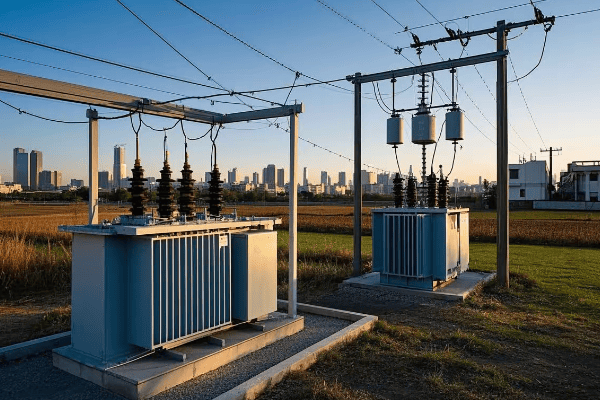
As an electrical engineer with over 15 years of experience in transformer installations, I've seen how this decision impacts projects. Let's explore the pros and cons to ensure you make the right choice.
What Are Pad Mounted and Pole Mounted Transformers?
Ever noticed those green boxes in your neighborhood or the cylindrical objects on utility poles? These are different types of transformers, but what exactly do they do?
Pad mounted transformers are ground-level units enclosed in metal cabinets, ideal for urban areas. Pole mounted transformers are cylinder-shaped devices attached to utility poles, common in rural settings. Both types convert high voltage electricity to usable levels for homes and businesses.
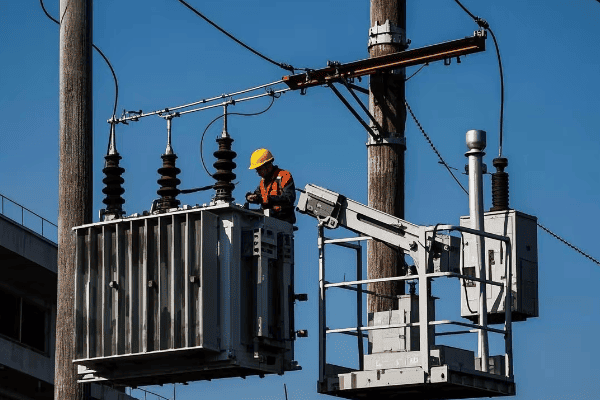
Key features:
| Feature | Pad Mounted | Pole Mounted |
|---|---|---|
| Installation | Ground level on concrete pads | Elevated on utility poles |
| Enclosure | Locked metal cabinets | Open-air design |
| Common Use | Urban areas, underground systems | Rural areas, older neighborhoods |
| Accessibility | Easy ground-level access | Requires climbing or lift equipment |
Key Differences Between Pad Mounted and Pole Mounted Transformers
Understanding these differences is crucial for making the right choice:
Pad mounted transformers offer better safety, aesthetics, and easier maintenance but require more ground space. Pole mounted transformers are more cost-effective initially, ideal for areas with space constraints, but may have higher long-term maintenance costs and greater visual impact.
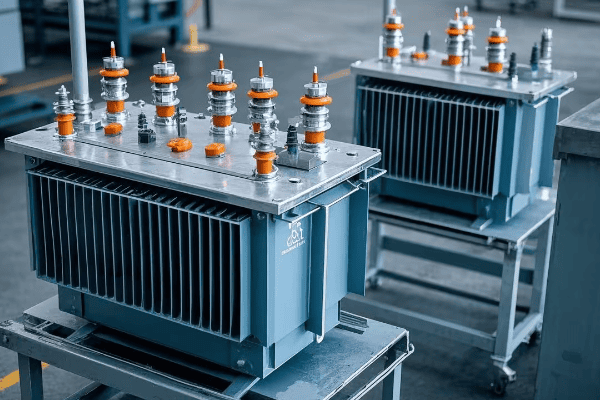
Key differences:
- Installation and Space: Pad mounted require more ground space; pole mounted use vertical space.
- Safety: Pad mounted offer better protection; pole mounted are more exposed.
- Aesthetics: Pad mounted are less obtrusive; pole mounted are more visible.
- Maintenance: Pad mounted are easier to access; pole mounted require special equipment.
- Cost: Pad mounted have higher initial costs but lower long-term maintenance costs.
Advantages of Pad Mounted Transformers
When should you choose pad mounted transformers?
Pad mounted transformers excel in urban environments, offering enhanced safety, better aesthetics, and easier maintenance. They're ideal for areas with underground utilities, locations requiring low visual impact, and projects prioritizing long-term reliability and efficiency.
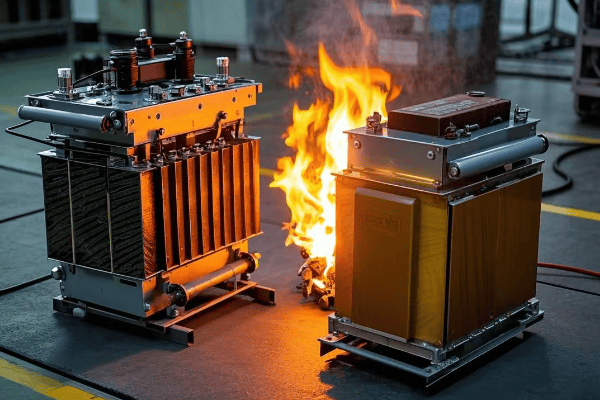
Key advantages:
- Enhanced Safety: Enclosed design reduces public access risks.
- Aesthetic Appeal: Low profile, can be concealed with landscaping.
- Easier Maintenance: Ground-level access simplifies inspections and repairs.
- Weather Protection: Better shielded from elements, improving longevity.
- Underground Compatibility: Seamless integration with underground power lines.
Benefits of Pole Mounted Transformers
When are pole mounted transformers the better choice?
Pole mounted transformers are ideal for rural areas, locations with limited ground space, and regions prone to flooding. They offer lower initial costs, easier installation in areas with existing utility poles, and are well-suited for temporary or quickly deployed power solutions.
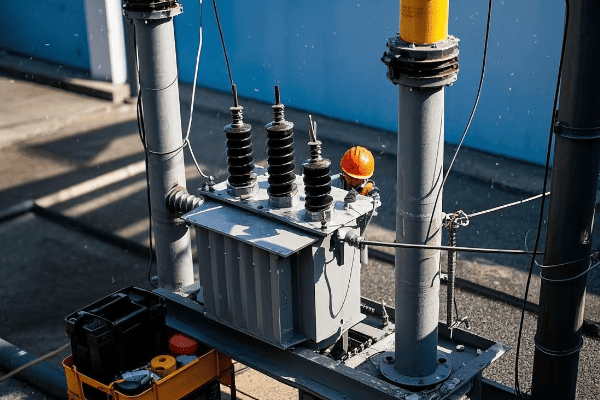
Key benefits:
- Cost-Effective Installation: Lower initial costs, especially with existing poles.
- Space Efficiency: Minimal ground footprint, ideal for narrow spaces.
- Flood Protection: Elevated position safeguards against water damage.
- Quick Deployment: Faster to install, great for temporary or emergency power needs.
- Rural Suitability: Efficient for covering large, sparsely populated areas.
Safety Considerations
Which option is safer?
Pad mounted transformers generally offer enhanced safety due to their enclosed design and ground-level access. Pole mounted transformers, while elevated, present unique safety challenges. Both types require specific safety measures in installation, maintenance, and public interaction.
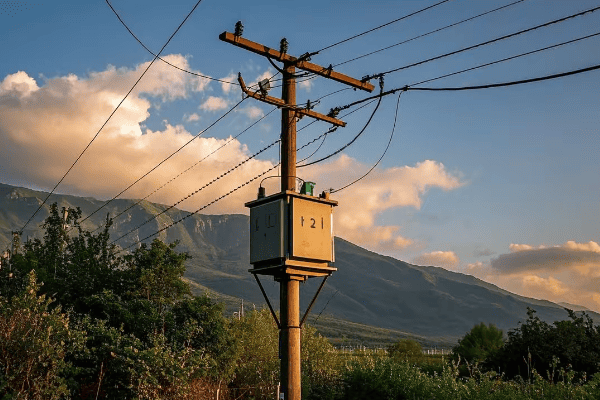
Safety comparison:
| Aspect | Pad Mounted | Pole Mounted |
|---|---|---|
| Public Access | Limited by enclosure | Limited by height |
| Maintenance Safety | Safer ground-level work | Requires fall protection |
| Environmental Safety | Better oil containment | Higher risk of environmental contamination |
| Emergency Response | Easier access for firefighters | May be challenging during severe weather |
Cost Analysis
Which type is more cost-effective in the long run?
Initially, pole mounted transformers are often less expensive to install. However, pad mounted transformers can offer lower long-term maintenance costs. The total cost of ownership depends on factors like location, accessibility, and local regulations.
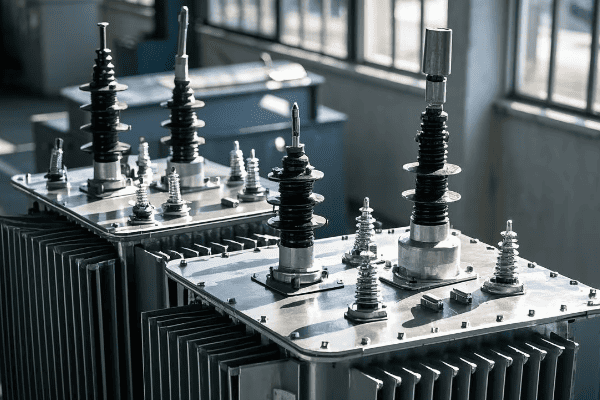
10-year cost comparison example:
| Cost Category | Pad Mounted | Pole Mounted |
|---|---|---|
| Initial Installation | $50,000 | $35,000 |
| Annual Maintenance | $1,000 | $2,500 |
| Repairs (over 10 years) | $5,000 | $15,000 |
| Total 10-Year Cost | $65,000 | $75,000 |
Aesthetic Impact
How do these transformers affect urban landscapes?
Pad mounted transformers generally have a lower visual impact and can be more easily integrated into urban landscapes. Pole mounted transformers, while more visible, are often seen as part of the traditional urban skyline. The aesthetic choice depends on the specific urban context and design goals.

Aesthetic considerations:
- Pad Mounted: Can be disguised or incorporated into street furniture designs.
- Pole Mounted: Part of traditional urban infrastructure, keeps ground space clear.
- Urban Integration: Pad mounted offer more customization options.
- Rural Impact: Pole mounted often blend better in rural landscapes.
Conclusion: Making the Right Choice
Choosing between pad mounted and pole mounted transformers depends on various factors:
- Location: Urban areas favor pad mounted; rural areas suit pole mounted.
- Budget: Consider both initial and long-term costs.
- Safety Requirements: Pad mounted offer better overall safety in high-traffic areas.
- Aesthetic Needs: Pad mounted provide more options for visual integration.
- Space Constraints: Pole mounted are better where ground space is limited.
- Environmental Factors: Consider flood risks and wildlife impact.
Remember, the best choice balances technical requirements, cost-effectiveness, safety, and community needs. Consult with a professional to assess your specific situation and make the most informed decision for your project.
FAQ
-
Q: Which type is more energy-efficient?
A: Pad mounted transformers are generally more energy-efficient due to better cooling systems. -
Q: Can I switch from pole mounted to pad mounted transformers?
A: Yes, but it requires significant infrastructure changes and should be part of a larger utility upgrade project. -
Q: How long do these transformers typically last?
A: Pad mounted transformers often last 25-30 years, while pole mounted typically last 20-25 years. -
Q: Are there any environmental advantages to either type?
A: Pad mounted transformers generally offer better oil containment, reducing environmental risks. -
Q: Which type is better in areas prone to natural disasters?
A: It depends on the type of disaster. Pole mounted are better in flood-prone areas, while pad mounted may be safer in high-wind regions.


